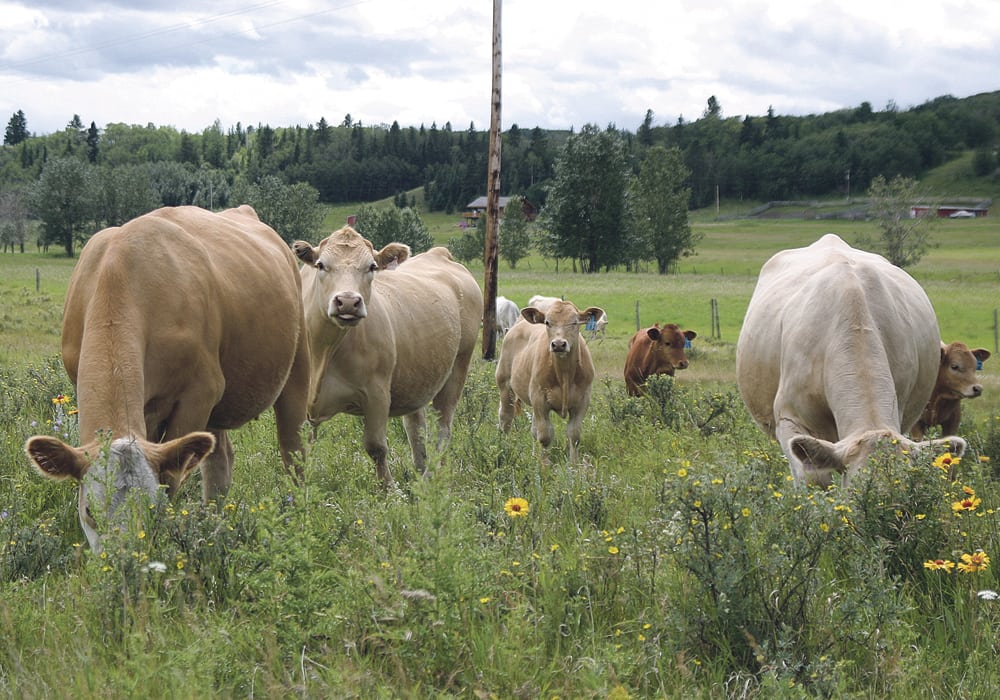Anthrax has been confirmed in the Rural Municipality of Cote in east-central Saskatchewan.
Saskatchewan Agriculture said Sept. 26 laboratory tests confirmed the disease as the cause of death in one cow and the suspected cause in the deaths of two other cattle in the same herd.
Anthrax spores can live in soil for decades and animals become exposed due to changes in soil moisture. Cases typically rise in dry years when sloughs dry up and cattle move into those areas to graze.
Read Also
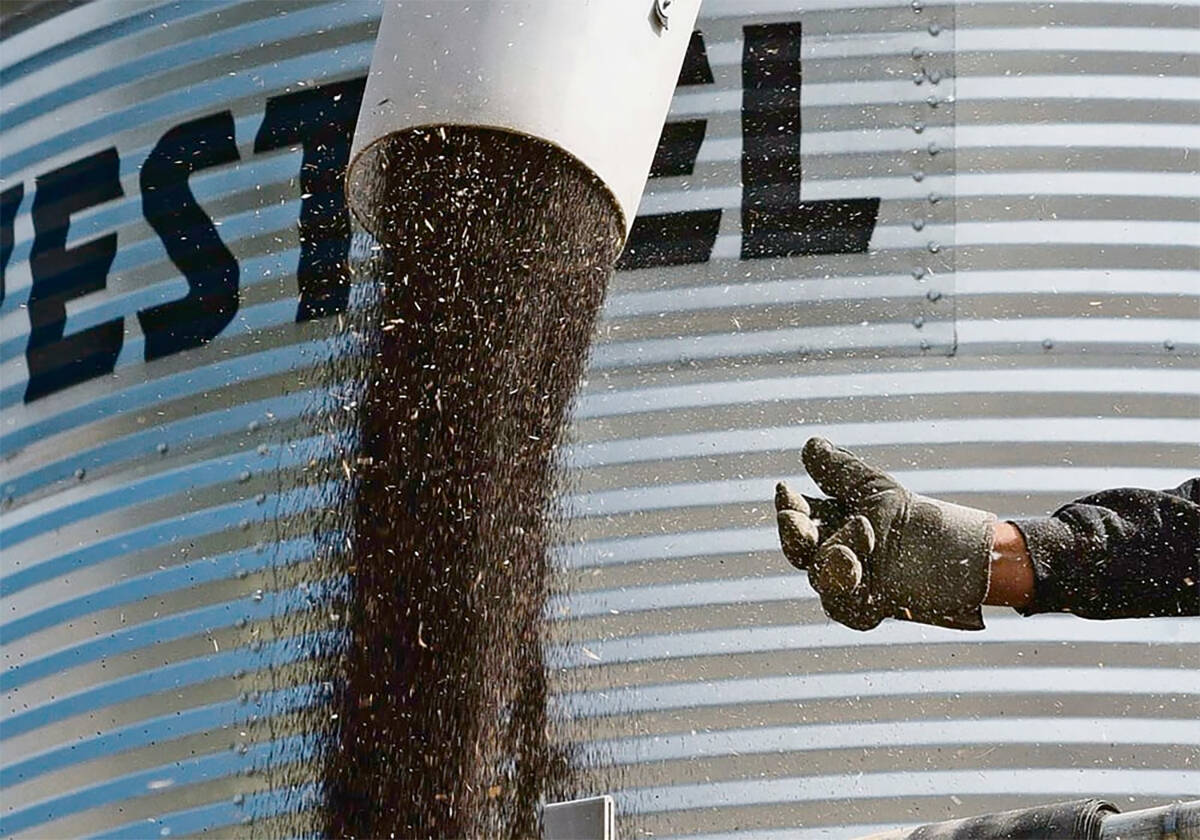
Farmers urged to be grain-safe this fall
Working around grain bins comes with risk, from farmers falling to drowning in grain: Experts have five tips to help avoid grain-related accidents this harvest.
Cattle, bison, sheep and goats are all highly susceptible. Horses may also be infected.
Farm dogs and cats should be kept away from carcasses. The carcasses should be protected from scavengers and not disturbed to keep the spores from spreading in the air.
Producers who suspect anthrax should contact their veterinarians and be careful when handling either a carcass or animals that could be infected.
Confirmed cases must be reported to the chief veterinary officer and the Canadian Food Inspection Agency.
Sites where anthrax is confirmed will be quarantined from the day of the first death until seven days after the last death. Movement on and off the farm will be traced and officials will provide farmers with information on how to dispose of the carcass, clean and disinfect.
Anthrax outbreaks have been relatively rare in the last 10 years since the province took over response from the federal government. Four cases were in cattle, three in bison and one in sheep. In 2006, the largest outbreak in Canadian history was concentrated in northeastern and east-central Saskatchewan, killing more than 800 head of various species in 43 RMs.
Contact karen.briere@produer.com




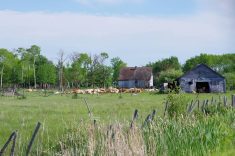
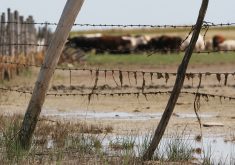
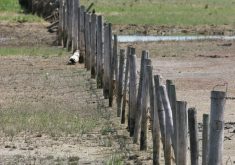

![Anthrax spores live in the soil and are buoyant in water. When sloughs and potholes dry up, the spores remain and concentrate. Disease surveillance veterinarian Dr. Wendy Wilkins said as the grazing season winds down and animals get into less desirable forage the chances of getting to those spores increase. | National Institute of Standards and Technology [Public domain], via Wikimedia Commons photo](https://static.producer.com/wp-content/uploads/2019/08/03152802/Anthrax_spores_5940425745.jpg)
